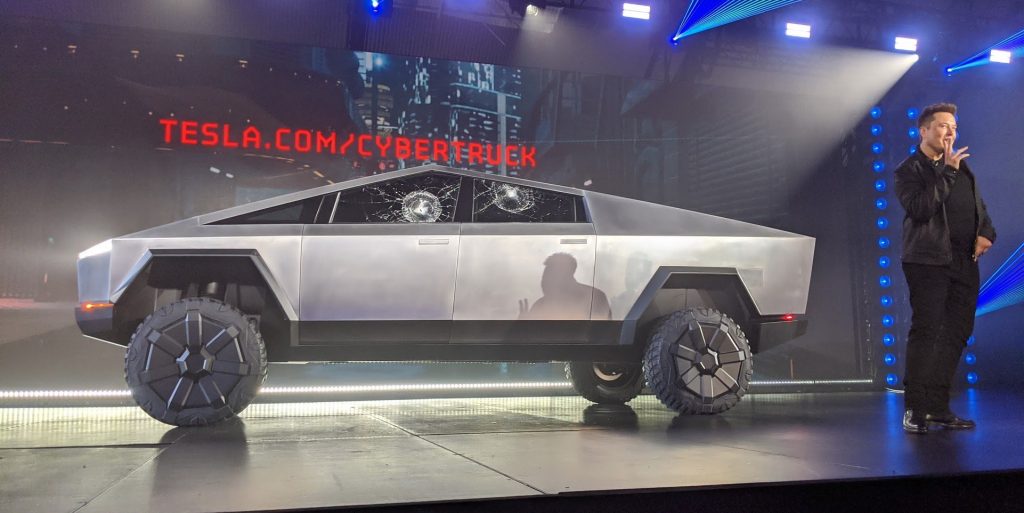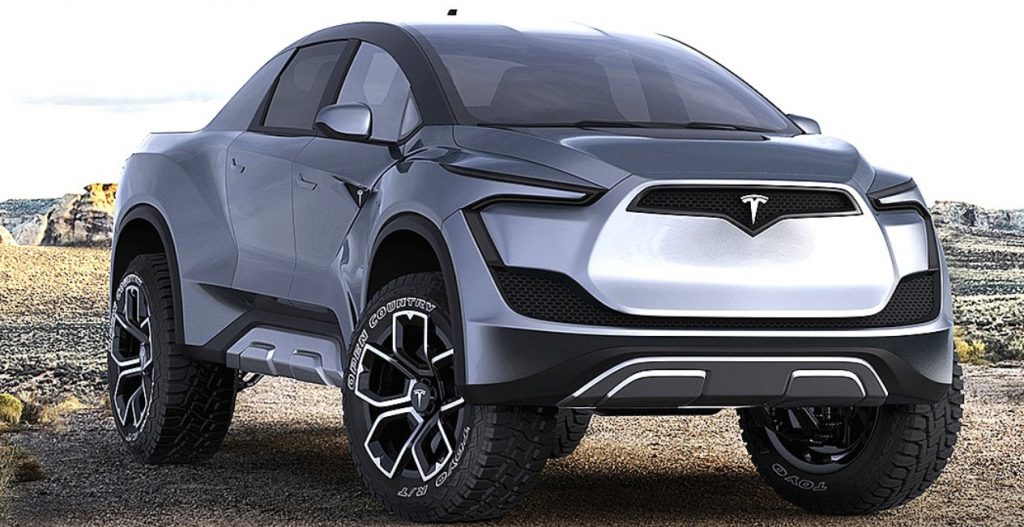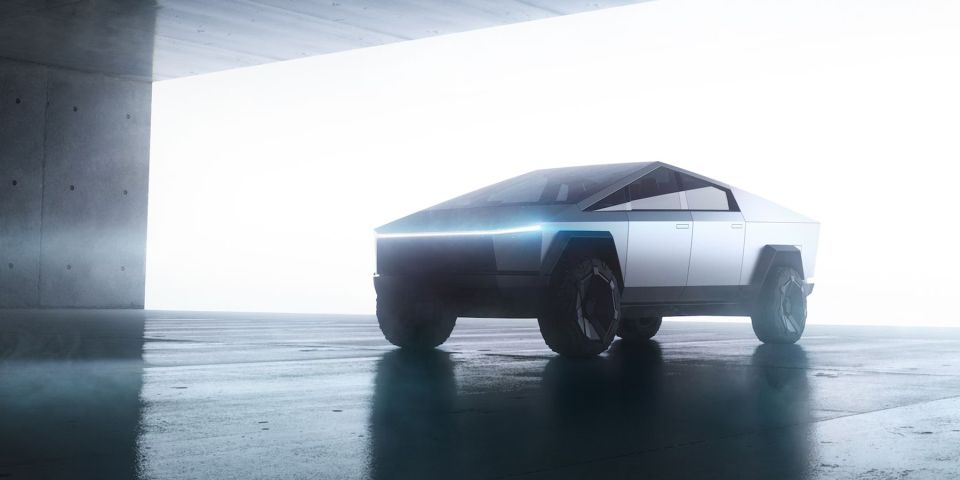
A dozen Tesla product managers and designers gather around an infinitely long reclaimed-oak table. Fingertips clack-clack against Macbooks, sharpies are at work doodling on post-it notes, and eyes glance at the clock through thick-rimmed glasses. Finally, Elon’s unmistakable stature emerges in the room, and he announces his reasoning for the impromptu meeting. The room goes silent.
“We’re going to build the greatest pickup truck in the world – but first, I want you to throw away everything you know about the modern pickup truck and focus on what the people want!”
He makes his way to the closest whiteboard and writes “WHAT THE PEOPLE WANT” in giant black marker. “Now I challenge you, grab a sticky note and write down what people really want — not what they think they want — when shopping for a truck.”
Hands shuffle, the smell of sharpie fills the air. The VP of marketing writes down “Tough!” which the Director of Product Design spots and writes down “Bulletproof!” Soon enough, the words “best in class hauling,” “best in class towing,” “off-road capability” and “good mileage” make their way onto paper. One by one each person stands up and slaps their ideas on the wall. After an hour, the whiteboard is covered in little yellow sheets of paper. Some enterprising executive snaps a picture of the wall of stickies, makes his way back to his desk and puts together the spec sheet we’ve all seen. Tesla needs to build a pick-up that’s faster and stronger than anything on the market today. More so, it needs to haul more, have better ground clearance and do all of that for the same price as a Ford F-150.
The next morning, Elon marches over to the desk of Tesla’s VP of Engineering and hands him the theoretical spec sheet. “We need to build this.” The beaming smile of the strong-armed man gradually turns in to a concerned scowl as his eyes make their way towards the bottom of the page. But he knows that saying no to Elon Musk is almost always a bad idea, so he smiles and nods, and replies “sure”.
Months go by. The designers have been busy asking themselves important questions such as, “what does it MEAN to be a pick-up truck” and “how do we make a truck LOOK tough.” Meanwhile, engineering has split their time between analyzing materials for torsional strength and impact resistance and thinking about their $40,000 base price and going into full-blown panic attacks. Finally, they have a concept design complete with cost estimates, a feature set, and a production schedule.

Design and engineering bring Elon into a room and walk them through their deck. The first slide reads:
“Tesla Truck – the Greatest Pickup Truck in the World. Starting at $89,999.”
Elon’s once child-like excitement fades immediately. The next slide shows a sleek and shiny Tesla truck complete with an aerodynamic, beautifully sculpted exterior that looks a lot like, well, a Tesla pickup truck. More slides go by showing off the trucks feature set, but Elon stops the presentation short. “This is TWICE the price originally estimated, what happened?!” Eyes dart around the room, avoiding Elon’s gaze. That gaze eventually lands on VP of Engineering Steve MacManu. “Well, sir, given the vast feature set requested, we thought it might be wise to target a premium market first, as this project is otherwise completely unsustainable,”
Elon stands up and out comes a whiteboard marker. He points at the sleek Tesla truck on the television; “Fuck this — this looks like an F-150. We’re better than this.” With five broad strokes, he draws the polygonal Cybertruck we’ve all seen today. “Build this; the cheapest shape possible.” Then he walks out of the room.

I’ll cut this monologue short and get to the point. When I first saw the Cybertruck, I thought Elon had legitimately lost his mind. But the longer I stare that its bizarre shape the clearer it becomes that this is a truck built to a price point. Rather than sacrificing features, it dropped the rounded corners and bling that drive up manufacturing costs. Instead of adding excessively bulky b-pillars and bulging hoods to make it look tough, they wrapped the truck in stainless steel making is actually tough. (in theory)
The Cybertruck is a bet that everything we’ve learned over the last 50 years of car design can be ignored. It’s a manufacturing hack, which Telsa has figured out how to cleverly market.
The result is something that might be able to punch an F-150 in the face in every conceivable way while being price comparable. And when that’s put into perspective, this might be the most innovative move the company has made since it launched the original Model S.
Now time for the real question; will people buy them? Lol jk, there’s already been 200k+ preorders.